By Lyn Collingwood, December 2021 from Bulletin 10/2021
Visually, Glebe is attractive for the variety of its architecture and parklands, and in normal times poses few problems for sound operators apart from the occasional helicopter circling overhead when there’s a demonstration or a visiting dignitary in the city. It’s not under a flightpath or crossed by heavy rail and there are few main roads carrying heavy traffic. The furthest-reaching and most unpredictable noise polluter today is the redevelopment of the Sydney Fish Market.
A major challenge for location managers is finding space to park the unit trailers. Big budget projects require separate vehicles for electrics, wardrobe, make up, art department props and furniture, and catering. Locals recall the witches’ hats along the stretch outside Bidura reserving spots for the Rake television crew filming inside the former children’s court in the brutalist building at the rear.
Advertising
Plenty of commercials have been shot in the suburb. In 1913 a glimpse of Glebe Point Rd was captured in Picturesque Stanwell Park, a 20-minute advertisement made for property developer Henry Halloran. Real estate salesman Peter Tighe is seen crowding into an open taxi with his family at the beginning of their road trip south. We can see the tramlines but the street is empty of traffic apart from a horse and another roadster. (Peter Tighe’s biography was published in Bulletin 4/2021).
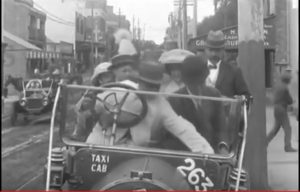
Newsreel
Three minutes of 1913 Empire Day celebrations in Wentworth Park showed physical culture displays by schoolchildren, a military brass band playing and riders on a merry-go-round. The silent ‘Gaumont Graphic’ was probably screened before the main attractions at J D Williams’ Colonial picture theatre in George St in the city. (The Gaumont studio, founded in France in 1895, is the world’s first and oldest film company.)
In winter 1927 Sydney University Boat Club’s rowing regatta around Blackwattle and Rozelle bays was filmed. The White Bay power station and silos can be seen in the background. Medicine and Engineering were the Faculty Challenge Eights favourites, but the winning team was Veterinary Science, a ‘dark horse’ entering for the first time.
When Australian feature film production lapsed with the Second World War, Cinesound concentrated on Cinesound Review which the company had been developing to accompany its full-length films. War was still raging in the Pacific and patriotic fervour high when Gracie Fields visited Australia in June 1945. A Cinesound cameraman captured the hugely popular English revue artist performing at the Balmain and Glebe Police Boys’Clubs. Gracie was mobbed by boys at Balmain and presented with a boomerang, and hundreds gatecrashed the Glebe concert. The footage ran for two minutes.
Cinesound Review’s competitor was Fox Movietone News which covered a massive fire in Derwent St, attended by the Glebe and five other brigades in March 1945. The blaze probably started in the switchboard of William Grant & Co’s furniture factory, engulfed the building, swept across the rear lane and threatened nearby cottages. Residents were filmed helping each other remove beds, a piano and a dressing table from neighbouring houses, and boys rescuing pet cats, a rabbit and a canary. Alex Mancy was carrying a heavy hose when he fell across a high-tension wire on the ground and was electrocuted. The young father of two died in RPA Hospital.
In September 1953, seven brigades attended a Forest Lodge blaze captured by Movietone News and the Sydney Morning Herald in a front-page story and photo. Cotton pads were ignited when a polishing machine short-circuited in a costume jewellery factory. The machine exploded, stacks of cardboard and celluloid boxes went up in flames, the Popolare Metal Stamping Company lost nearly all its pre-Christmas stock, and the three-storey building on Parramatta Rd west of Ross St was extensively damaged. Acrid smoke affected tram drivers and firemen battling to save a neighbouring building storing £100,000 worth of tyres. Realising that water would flood homes on Arundel St, 14-year-old Barry Hoole (who lived nearby in Sparkes St) scooped out embers from the drains with his bare hands.
In 1964 Adrian Price bought a Clayton Steam Roller for £70. He was 15 years old. Cinesound filmed the teenager having his first driving lesson, watched by an encouraging crowd of Mt Vernon St neighbours. (The steamroller was a Mystery Photo in Bulletin 4/2021.).
Industrial activity at Glebe Island was regularly filmed. As were the trots at Harold Park. The latest story on shaggy dogs, a novelty Fox Movietone item in 1960, featured Afghan hounds running around the Epping Racecourse (after two false starts).
Feature film
The National Film and Sound Archive holds a copy of a silent drama shot in Toxteth Park. Two public servants go missing on an annual picnic in the 1972 low-budget, black-and-white The Office Picnic written, directed and produced by Tom Cowan. Its cast included John Wood, Kate Fitzpatrick and Max Cullen. Glebe was the location for some exterior scenes over the 15-day shoot.
During the Depression, a young middle-class woman struggles to raise her children after the break-up of her marriage. Released in 1976, Caddie was shot mostly in Balmain but an upstairs bedroom at 28 Ross St Forest Lodge was used for some domestic scenes while the old building was being reconfigured as Sydney’s first YHA hostel. Caddie was produced by Anthony Buckley, directed by Donald Crombie, and featured Helen Morse in the title role.
Based on a popular comic strip, Fatty Finn was shot in summer 1980. A precursor was the 1927 black-and-white silent The Kid Stakes which featured Fatty Finn and his goat Hector. Like the comic, it was set in Woolloomooloo but by 1980 that suburb had changed so much that the location was moved to Glebe. Most shooting was on the Glebe Estate; locals placed bets on the goat race. Fatty Finn was directed by Maurice Murphy (producer of the Aunty Jack TV series). The title role was played by 10-year-old Ben Oxenbould (his hair cut pudding-basin style) with Bert Newton and Noni Hazelhurst as his parents. The Australian Women’s Weekly publicised the film with events including a partial re-enactment in the city of goats pulling billy carts and their child drivers.
With its title taken from a remark made by President Sukarno, The Year of Living Dangerously is a love story set against the 1965 coup attempt in Jakarta, Indonesia. On location in the Philippines, trouble developed in a Muslim village and the cast and crew had to be protected by bodyguards. The six-week schedule was cut short and the team brought back to Sydney. The shoot was completed in a recreated slum on the banks of the Johnstons Creek canal. Released in 1982, The Year of Living Dangerously was directed by Peter Weir with Mel Gibson and Sigourney Weaver in the lead roles.
Night shots of spectators in the Wentworth Park grandstand featured in I Own the Racecourse, the story of a naive teenage boy who thinks he has bought a racetrack for $20. Adapted from Patricia Wrightson’s children’s book and released in 1985, the film was co-written and directed by Stephen Ramsey. The cast included Bob Ellis (a frequent performer at Gleebooks events) and Paul Bertram (a Players in the Pub actor at the Toxteth).
Much of the drama in the 1992 feature The Last Days of Chez Nous takes place in one house, ‘another character in the story’ according to the film’s director Gillian Armstrong. There was a three-month search for the ideal building before a location manager found a place in Glebe, a John St terrace with an ‘almost New Orleans’ rear courtyard and external staircase. Screenwriter Helen Garner reworked some scenes so they could be played outside on the balconies and stairs. The cramped interiors were challenging for the lighting designer, but working in a real house helped performances. The production office, catering, make up and wardrobe were set up in nearby buildings. The cast was headed by Lisa Harrow, Bruno Ganz, Kerry Fox and Miranda Otto.
Another Glebe house, on the corner of Cardigan St and Bellevue St, was the Alibrandi family home in Looking for Alibrandi, its central character a high-school girl of Italian background coping with her family and school relationships. Directed by Kate Woods in 2000 from Melina Marchetta’s novel of the same name, its cast was headed by Pia Miranda and Greta Scacchi.

Released in 2009 and directed by Bruce Beresford, Mao’s Last Dancer includes a sequence filmed from the verandah of a house on the north-east corner of Darling Lane and Lyndhurst St. The Darling St street sign is visible in the background.
In early 2021, scenes in What About Sal? were shot in Ricketts Lane and a Cook St house. The low-budget, partly crowd-funded film is scripted by John Jarrratt who is also co-lead actor with Gerard O’Dwyer.
Documentary and short film
Kill As We Go, a road safety film made in 1949, included action at the Glebe Post Office intersection. Two vehicles collide when one crosses in front of the other.
The idea for a film that would highlight issues of the newly emerging women’s liberation movement started on a train trip to Melbourne in May 1970 when a group of Glebe women were on their way to the first Women’s Liberation Conference. The result was Mother and Daughter, a short black-and-white piece, with improvised dialogue, in which a mother and her daughter discuss women’s issues as they wash and dry dishes.
In November 1976 Tom Zubrycki videoed the closing night of Tommy Doyle’s pub, a haunt for folk singers and musicians.
In January 1987 South African Archbishop Desmond Tutu met with the Aboriginal community at Tranby Cooperative College. The interviews were recorded as part of a documentary produced by Alan Reeder: Time to Live: Tutu in Australia.
Rats in the Ranks, made by Glebe filmmaker Bob Connolly, details the last weeks of the 1994 Leichhardt Council mayoral elections. Out-takes which landed on the cutting room floor included footage of Larry Hand’s Community Independent candidate Christine O’Brien canvassing votes at Glebe Markets.
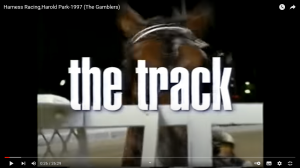
Once a big night out, attendance at the Harold Park trots had fallen dramatically by 1998 when The Track was televised. One in the six-part The Gamblers documentary series, the episode focuses on the Paceway and its manager Peter V’landys’ efforts to turn things around by giving Harold Park a facelift and promoting the Miracle Mile race. The Track is on YouTube (https://www.youtube.com/watch?v=JZgRJekh2Cs) and well worth watching. Footage includes a fiery public meeting in Glebe Town Hall (at issue a hockey field in the middle of the track in exchange for the Paceway’s use of public land) which resulted in a Leichhardt Council decision to block access to Harold Park, and V’landys’ labelling the protesters ‘urban terrorists’ and issuing a writ in the Supreme Court.
Television
The mini-series Brides of Christ was produced by the ABC in 1991. Behind the walls of a Sydney convent school, Roman Catholic nuns and their young students struggle to adapt to social changes taking place within the church and the outside world. The cast list was headed by Brenda Fricker, Sandy Gore and Josephine Byrnes, with Russell Crowe and Simon Burke among the supporting actors. All corridors and the Mother Superior’s office were studio sets; a library sequence was filmed at St Andrew’s; the location for much of the action was Santa Sabina at Strathfield. But St Scholastica’s College was the setting for one of the most memorable episodes. The wedding scenes were shot in the chapel, embellished with a pair of near life-size angels near the altar. Exterior footage included the school gates and grounds with Avenue Rd ‘dressed’ with a red phone box and cars of the period.
Players in the Pub actor Kim Knuckey remembers playing an action scene on the rooftop of a motel in Arundel St in another ABC series, Police Rescue. Miffed when his stunt double donned a grey wig, Kim then checked his own hair.
Screened on Channel 7 in 2015 was Catching Milat a two-part psychological thriller based on the 1990s police investigation of the backpacker murders leading to the arrest and conviction of serial killer Ivan Milat. Much of the action was filmed outdoors in pine forests, but one interior was created in a Glebe house. Another house, on Northcote Rd, was the fictional home of Beck, the girlfriend of Uber driver Ben in the 2019 ABC series Diary of an Uber Driver.
The Chaser team pulled stunts in Tim Smith’s bottle shop and in Louis Fruit Market. Carol and Michael’s shop has also been one of the Glebe locations used for Home and Away. The community garden beside St Helen’s was featured in an episode of the ABC’s Gardening Australia, and in Un dimanche à Sydney screened in 2015.
Set in and around an inner west high school, the Stan streaming series Bump premiered in January 2021. Its co-creator Claudia Karvan plays the part of the mother of a teenager who has an unexpected pregnancy. Much of the action was shot at Blackwattle Secondary College, and the light rail viaducts background some scenes.
Cinemas
At one time Glebe moviegoers had the choice of a local cinema on Glebe Point Rd plus the Broadway Picture Theatre on the corner of Mountain St, close to Grace Bros. An early purpose-built cinema, it opened with fanfare in 1911 but by the 1930s was nicknamed ‘the flea house’ with a history of boys letting off firecrackers during the sessions. The Broadway survived until 1960.
Also opened in 1911 was the Glebe Motion Picture Theatre, a converted building at 84 Glebe Point Rd. Promoted as large enough to accommodate an audience of 800 plus an orchestra, it promised a program of ‘the latest Dramatic, Pathetic, Cowboy, Comic, Educational and Scenic Pictures’. The ‘tin shed’ was operated by its initial proprietor John Law and his widow until 1929, and appears to have closed in the early 1930s. The Glebe Youth Club now occupies the site.
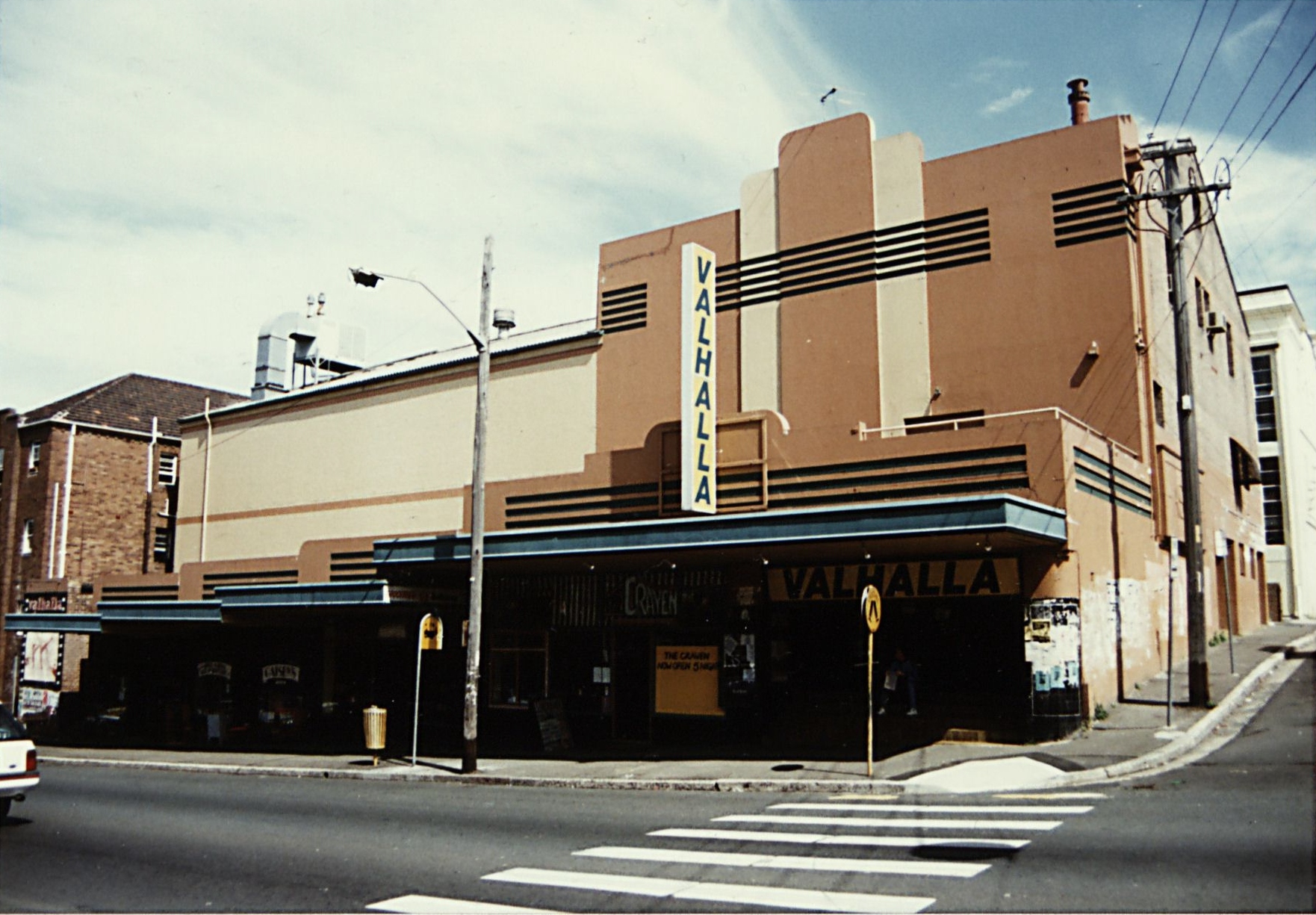
The Astor at 166 Glebe Point Rd opened in 1938 and was well patronised until competition from television forced its closure in 1959. Reopened as the New Arts Cinema, it housed live shows and experimental films such as Good Afternoon, Phil Noyce’s coverage of the Aquarius Arts Festival synchronised on two screens – one colour and one black-and-white – with sound moving between the frames as needed. In 1979 the art-deco building was renamed The Valhalla with a policy of screening revivals, art house features and documentaries made by locals. Rats in the Ranks enjoyed an 11-week run in 1996. The Valhalla introduced Popcorn Taxi events for independent makers of Australian films (such as Lantana and The Singer and the Dancer) to talk to audiences about their works. Competition came with Hoyts Broadway, DVDs, online streaming and main cinemas showing arthouse films. In 2005 the Valhalla closed and the building was sold to a property developer.



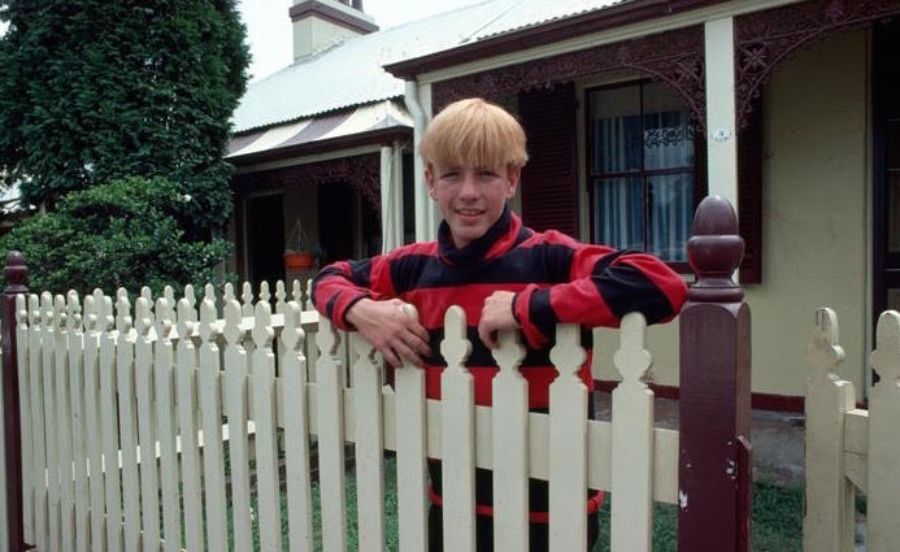
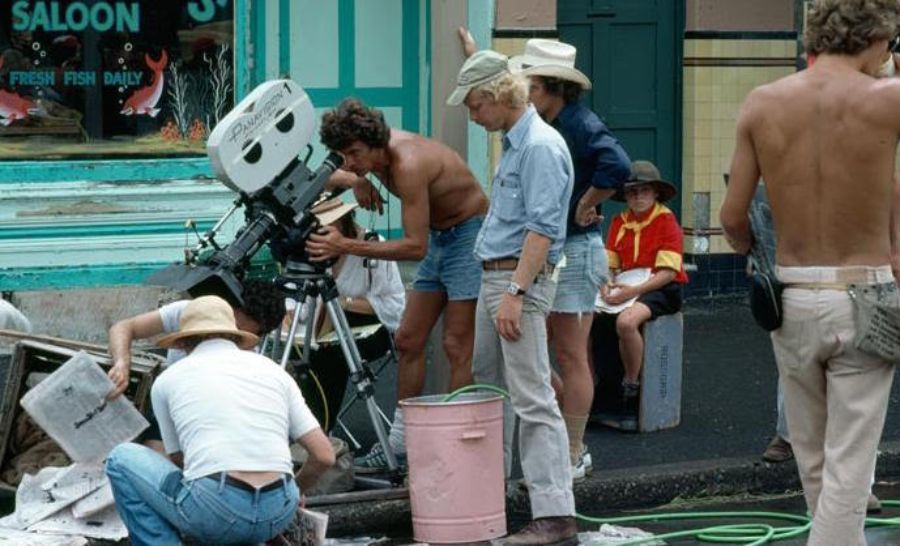
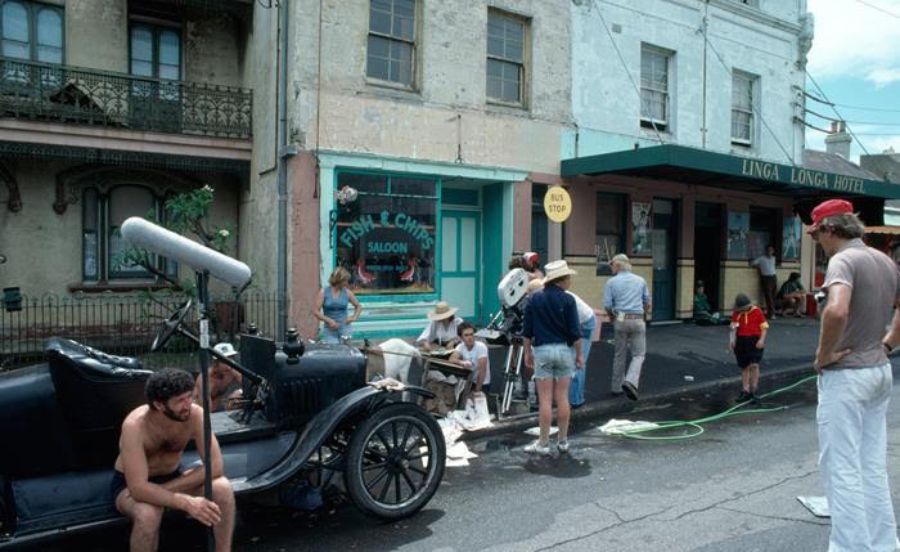








There are no comments yet. Please leave yours.